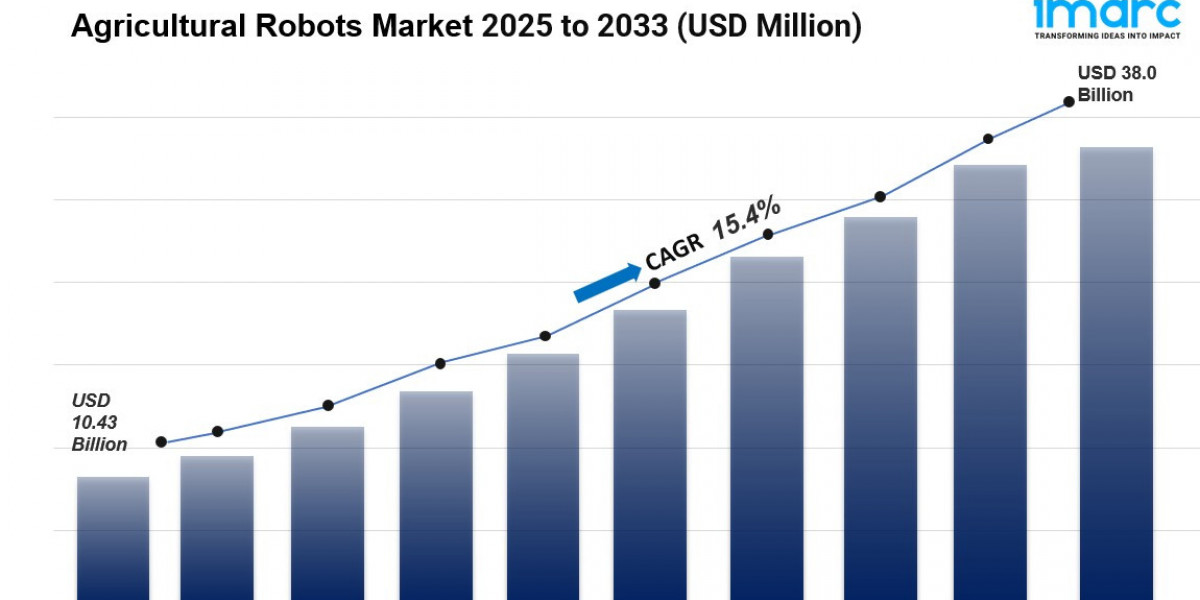A Vision Rooted in Spiritual Symbolism
When construction began in 1882, the structure was initially intended as a traditional neo-Gothic church. But when Antoni Gaudí took over the project in 1883, he radically re-envisioned every element. His interpretation was a bold fusion of Gothic traditions and the organic forms inspired by nature—trees, shells, honeycombs, and geometric structures that mirrored the patterns of creation itself.
Under Gaudí’s hand, the Basílica de la Sagrada Familia became a physical expression of religious symbolism. Every façade, tower, and sculptural detail tells part of the Biblical narrative. The Nativity Façade celebrates the birth of Christ with exuberant, almost whimsical detail; the Passion Façade conveys the stark suffering and sacrifice of Jesus through sharp, angular forms. The yet-to-be-completed Glory Façade is intended to symbolize the road to salvation.
Gaudí famously remarked, “The straight line belongs to men, the curved line belongs to God.” This philosophy is evident throughout the basilica, where natural curves replace rigid geometry and where light and shadow work together to evoke spiritual transcendence.
An Interior Like No Other
Stepping inside the Basílica de la Sagrada Familia, visitors are immediately immersed in an atmosphere that feels more like a mystical forest than a conventional church. Giant branching columns rise like stone trees, supporting a ceiling that resembles a canopy of leaves filtering light from above. This structural innovation—using hyperboloids, paraboloids, and helicoids—allowed Gaudí to create a breathtaking fusion of engineering and organic beauty.
Colored stained-glass windows transform the interior into a kaleidoscope of colors. The east side glows with cool morning tones, while the west side burns with warm afternoon hues. Light plays a central role in Gaudí’s design, symbolizing the divine presence and guiding visitors emotionally as they move through the space.
Perhaps the most astounding aspect of the interior is its ability to simultaneously feel intimate and grand. Though the basilica can accommodate thousands of worshippers, its harmony of forms creates a sense of unity, drawing individuals into quiet contemplation.
A Work Still in Progress
One of the defining features of the Basílica de la Sagrada Familia is that it remains unfinished. The construction has endured civil war, funding shortages, political changes, and technological evolutions. Yet these challenges have only added to its mystique. Gaudí himself knew he would never see the project completed; he devoted the final years of his life exclusively to the basilica, stating that his true client was God and therefore not bound by deadlines.
After Gaudí’s death in 1926, work continued based on the models and drawings he left behind. Some were destroyed during the Spanish Civil War, adding further complexity to interpretation and construction efforts. Modern architects have relied on surviving materials, as well as digital technology, to stay as faithful to Gaudí’s vision as possible.
The long-term timeline has become part of the basilica’s legend, inviting ongoing fascination. For visitors, witnessing the construction firsthand—scaffolding, cranes, and all—creates a sense of participating in history. Each visit offers something new, as towers rise, sculptures take shape, and facades gain intricate details.
Architectural Features That Define the Sagrada Familia
1. The Towers
When completed, the basilica will feature 18 towers:
12 dedicated to the apostles
4 representing the evangelists
1 honoring the Virgin Mary
1 central tower symbolizing Jesus Christ, which will make the basilica the tallest church building in the world
These towers reflect not only religious hierarchy but also Gaudí’s vision of ascension—each tower becoming a step toward the divine.
2. The Façades
Each façade offers a distinct emotional and artistic experience:
Nativity Façade: Completed during Gaudí’s lifetime, celebrated for its joyful ornamentation.
Passion Façade: Stark and minimalist, emphasizing suffering and sacrifice.
Glory Façade (still in progress): Will represent spiritual transcendence and the ultimate triumph of God.
3. Organic Engineering
Gaudí was decades ahead of his time in adopting biomimicry. The basilica’s design incorporates catenary arches, twisted columns, and branching supports—solutions derived from studying natural structures. This not only enhanced beauty but improved stability.
4. Integration of Art and Scripture
The basilica is not simply built—it is narratively sculpted. Biblical passages appear throughout the architecture, carved in stone or represented symbolically. Art and structure work as one to communicate spiritual meaning.
Cultural and Economic Impact
The Basílica de la Sagrada Familia is far more than an architectural wonder. It plays a pivotal role in Spanish and Catalan cultural identity. For Barcelona, it has become a global icon—much like the Eiffel Tower or the Statue of Liberty.
Tourism surrounding the basilica contributes significantly to the local economy. Millions travel from around the world to witness the ongoing construction and the creativity embodied within its walls. Local artisans, historians, architects, engineers, and preservationists continue to collaborate on the project, making the basilica a hub of innovation and craftsmanship.
The basilica also serves religious functions, hosting masses, musical performances, and special events. Its acoustics, shaped by Gaudí’s unique geometry, are renowned for their clarity and resonance.
Gaudí’s Legacy Through Modern Eyes
While Gaudí never lived to see even a quarter of his masterpiece completed, his influence is unmistakable. The Basílica de la Sagrada Familia stands as a testament to his boldness and originality, bridging the gap between traditional religious architecture and modern imagination.
Contemporary visitors often describe the basilica as a place where architecture becomes storytelling, where stone becomes poetry, and where faith becomes form. Even for those without religious ties, the basilica inspires awe through its sheer creativity.
One of the basilica’s greatest legacies is its ability to push architectural boundaries. Every innovation—from its structural techniques to its symbolic integration—has influenced modern design around the world. Gaudí’s approach encourages architects to embrace nature, explore fluid forms, and break away from rigid conventions.
A Monument for Future Generations
As construction continues, the Basílica de la Sagrada Familia remains a living testament to dedication and imagination. Each new stone adds to a timeline stretching back more than a century and forward into the future. Visitors today are not just observers; they become part of the basilica’s story by witnessing a masterpiece in the making.
When the basilica is eventually completed, it will stand not only as a religious symbol but also as a global beacon of creativity. It will demonstrate what can be achieved when vision, craftsmanship, and perseverance come together in a single, extraordinary work of art.







